
Culture
12:38, 20-Feb-2018
Dancing to the beat of Ansai's waist drums in northwest China
CGTN
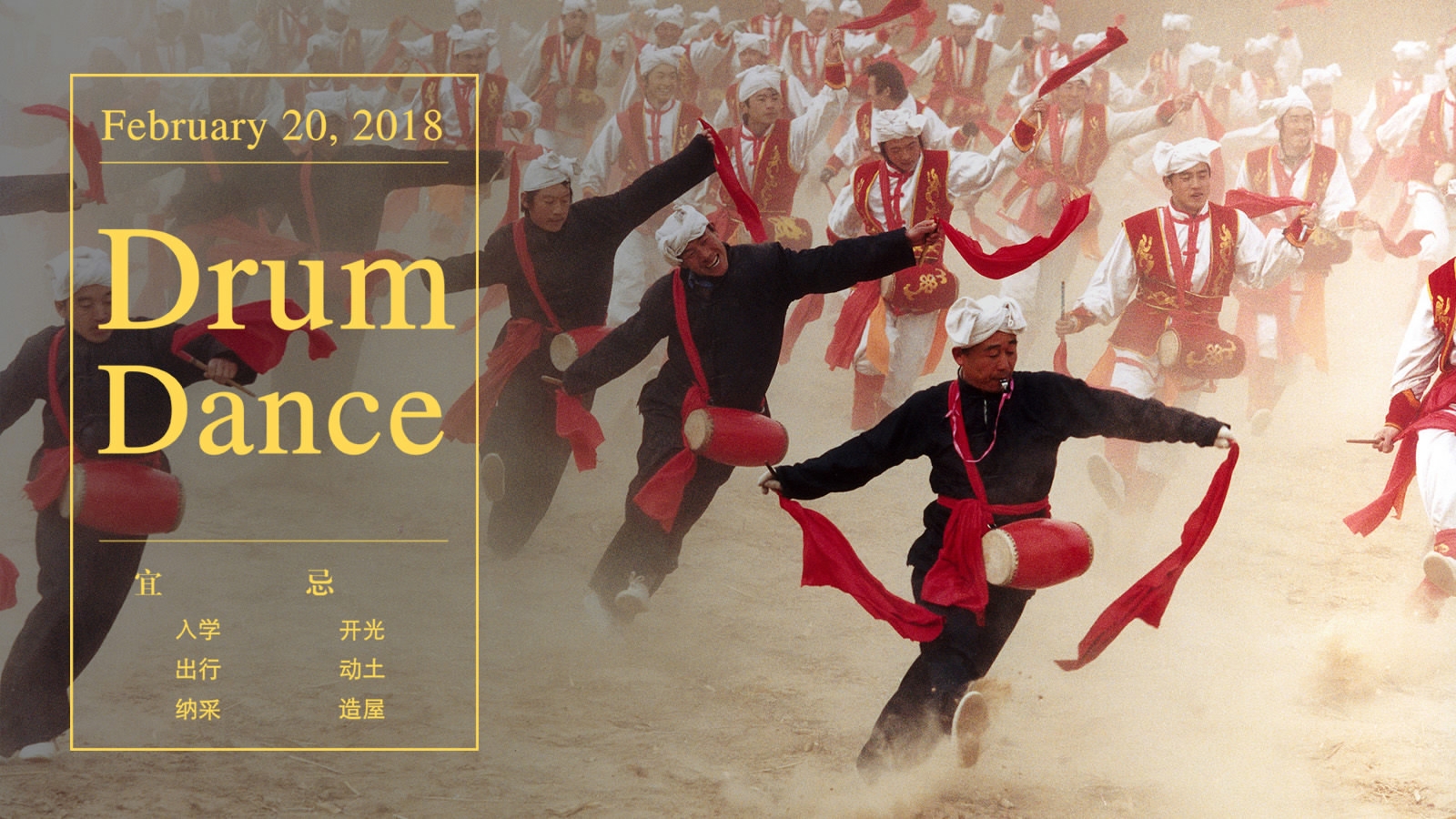
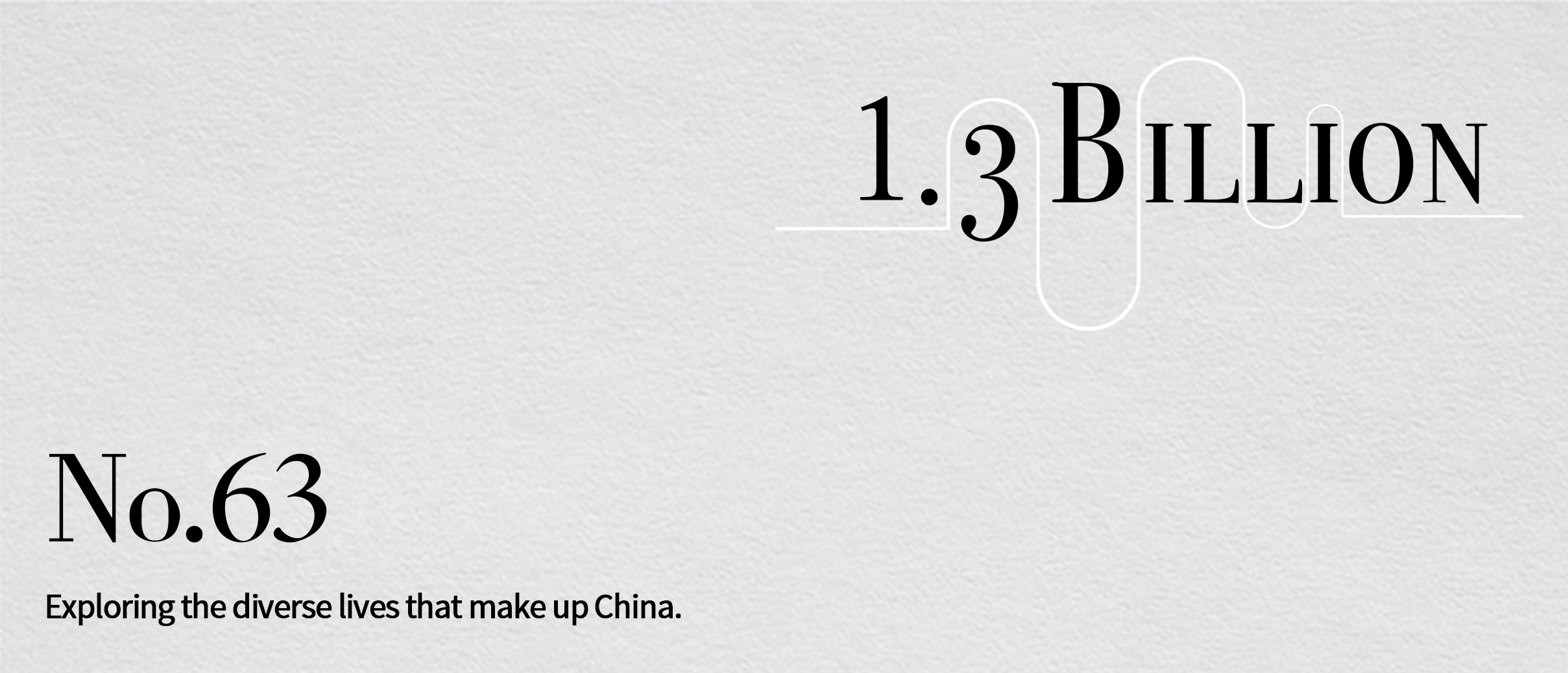
CGTN
CGTN
Before the first light of dawn shines on Ansai, a district of northern Shaanxi city of Yan’an, the sound of drumbeats already delivers the first blessings of the New Year to the sleepy village.
Drummers from the village gather and relay their good wishes to every household by beating their waist drums.
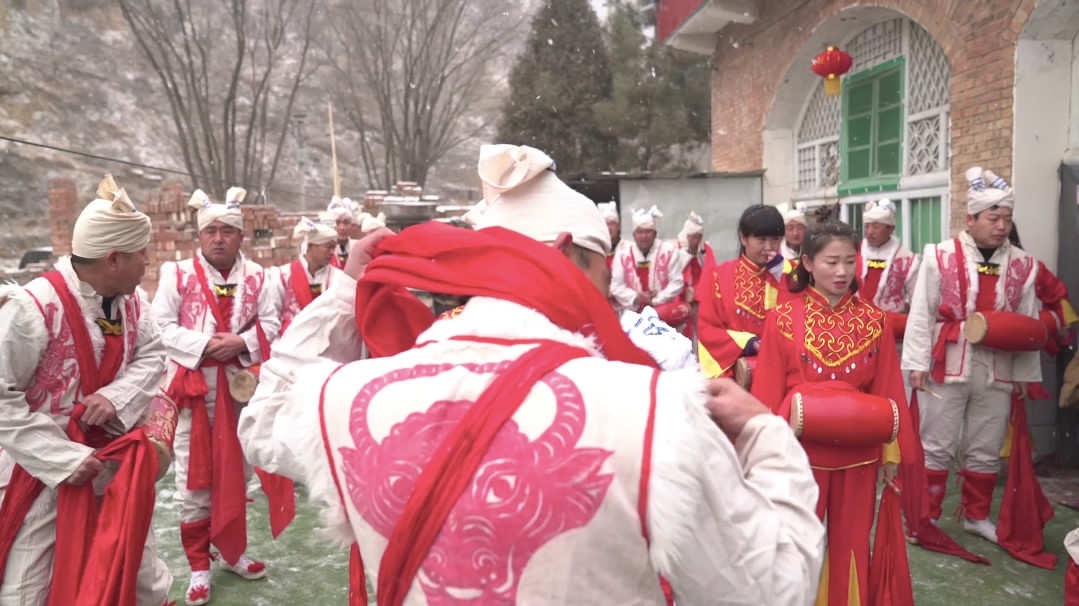
CGTN Photo
CGTN Photo
A day before the annual fair, held in celebration of the Spring Festival, Zhou Zhisai, an inheritor of the traditional Ansai waist drum dance, gives his team a pep talk: "Tomorrow we'll go to send our greetings. We have to play [the drums] well. For me, playing the waist drum is my priority during the Spring Festival. It's a special culture in the north of Shaanxi Province. It is also a way to communicate with other players."
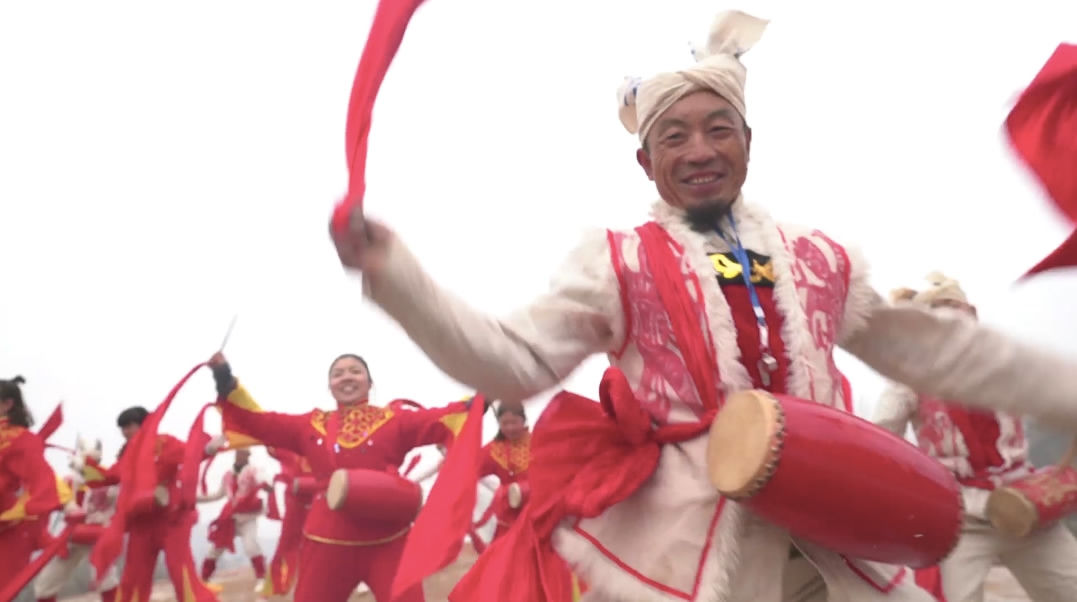
Zhou Zhisai. /CGTN Photo
Zhou Zhisai. /CGTN Photo
The drummers seem a bit timid at first sight. But the moment the big drum is struck, they instantly line up, their faces lit up – it's showtime! Everyone is in a festive mood, having shed their shyness to begin the celebrations.
The performance is a whirlwind of movement and a cacophony of colors: drumsticks tied with red silk, men wearing white turban-like headdresses, and dazzling dance moves to passionate drumbeats. But the most striking part of the performance is the look on the drummers' faces, which feature passion, happiness, confidence and elegance.

CGTN Photo
CGTN Photo
Following the beats, the drummers rhythmically shake their heads and shoulders. Their eyes sparkle with joy, igniting the passion of the audience. The exciting waist drum dance is a tradition during the Chinese New Year, and is aimed at spreading blessings.
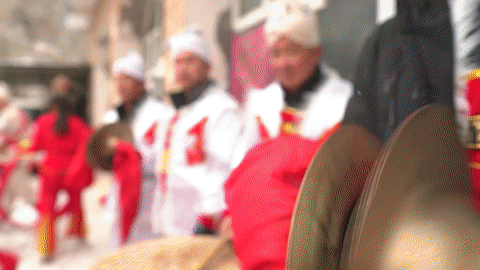
CGTN Photo
CGTN Photo
"Ansai waist drum dance is an essential tradition for us during the Spring Festival. The sound of the drums, the look on the drummers' face, all are so good. Here in the north of Shaanxi, the families begin to prepare for New Year meals since December. We go to every household to extend greetings by playing the waist drums. We celebrate both the end of 2017 and the beginning of 2018."
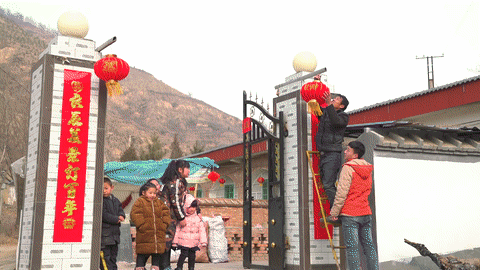
CGTN Photo
CGTN Photo
Zhou, captivated by the Spring Festival drum performances since his childhood, decided to turn his admiration into a profession.
"I started to play at the age of 8. At the beginning, they wouldn't teach me. They rehearsed throughout December. I would stay behind watching them. I learnt to play it this way. I got up very early. Sometimes I was the first there, because I skipped breakfast. The next year, I was allowed to join the adults and play like they did."
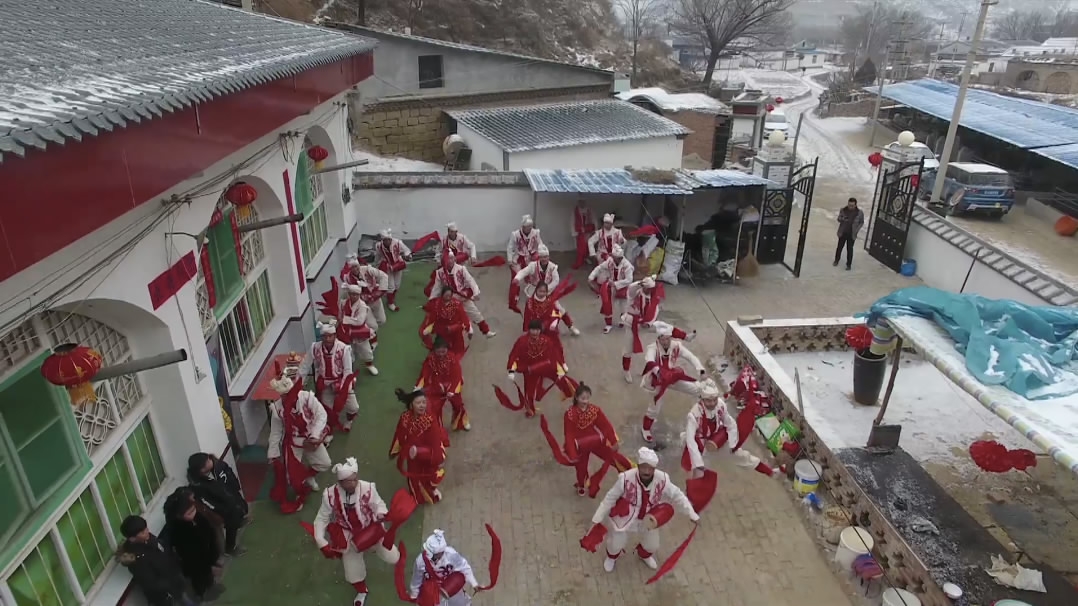
CGTN Photo
CGTN Photo
The dance's origins are closely related to the historical and geographic conditions of Ansai. Located in the northern part of Shaanxi, the village was once called the "throat of the region", or "key to the northern gate". It was an important military post and stronghold in Chinese history.
It is said that early in ancient China's Qin Dynasty (221-207 BC) and Han Dynasty (202-220 BC), waist drums were indispensable for the soldiers as weapons. Drums were used to warn about surprise attacks, boost the morale of soldiers during confrontations, and celebrate victory. That is why some of the dance styles of the folk performance are reminiscent of soldier formations.
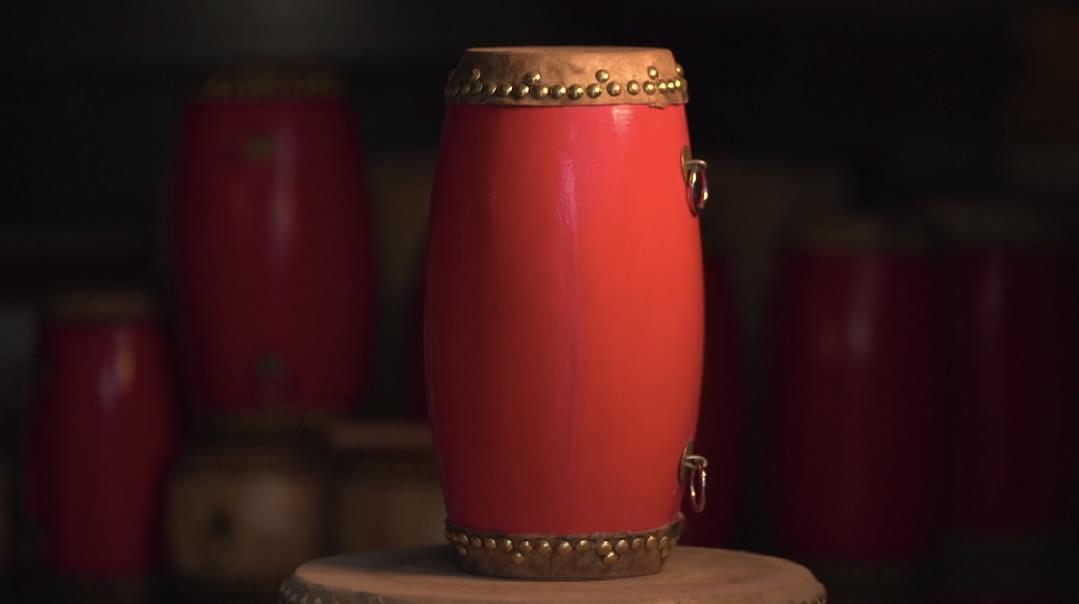
CGTN Photo
CGTN Photo
Over time, the waist drum dance became a local tradition to pray for good harvest and a happy new year.
In certain parts of the province, there are at least one drummer in each household, and a troupe in every village.
The performers of the Ansai waist drum dance wear a white towel on their head, and wrap a red silk scarf on their waist. They grab one drumstick in each hand. Along with the sounds of the Chinese red drum, gong, nao and suona (all Chinese folk instruments), they drum and dance with full energy to show their love and passion for the Loess Plateau.
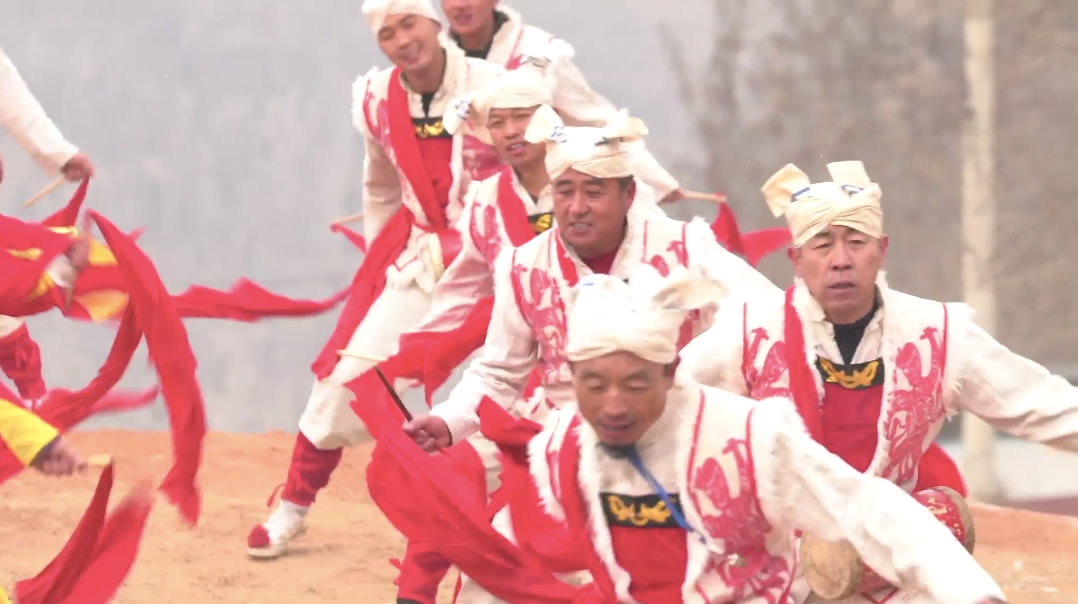
CGTN Photo
CGTN Photo
The village was named "home of Chinese waist drum dance" in 1996. Ansai Waist Drum Dance had been part of such major events as the opening ceremonies of the 1990 Asian Games and the 2008 Beijing Olympic Games, both held in the Chinese capital.

Ansai waist drum dance was performed on the opening ceremony of Beijing 2008 Olympic Games. Source: Sina
Ansai waist drum dance was performed on the opening ceremony of Beijing 2008 Olympic Games. Source: Sina
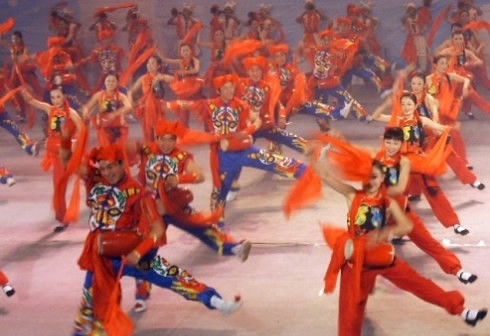
Ansai waist drum dance was performed on the opening ceremony of Beijing 2008 Olympic Games. Source: Sina
Ansai waist drum dance was performed on the opening ceremony of Beijing 2008 Olympic Games. Source: Sina
According to Zhou, "an authentic Ansai waist drum is made of cowhide and wooden frame. Curved wood is the best. It gives a better sound."
"Our drum dance is strong, skillful, fierce and loose. Your whole body is swinging while beating. That shows the amazing strength."
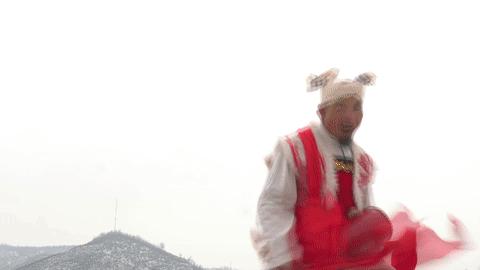
CGTN Photo
CGTN Photo
Particular customs accompany Ansai waist drum dances. In the past, they were performed mostly in festivals and temple fairs. The busiest time used to be from the Spring Festival to the Lantern Festival.
"We went to temples to worship the gods, before greeting the people," Zhou says. "We burned incense and swept graves. After that, people of all ages would sing folk songs together. The celebration of the Spring Festival would reach its peak with us beating all the drums."
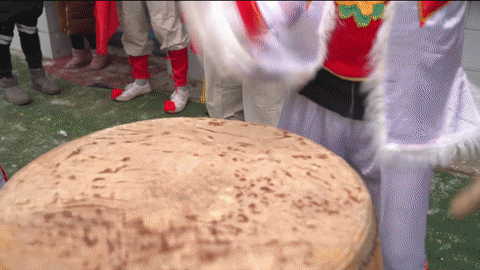
CGTN Photo
CGTN Photo
For people in Ansai, waist drum performance is a symbol of saying goodbye to the past year and greeting the new one. Watching the performance at the beginning of the New Year brings them auspicious months to look forward to.
"It's a tradition that we extend the New Year greetings to every household with waist drums. It makes everyone happy. The drum dance delivers the best wishes to your family for the whole year."
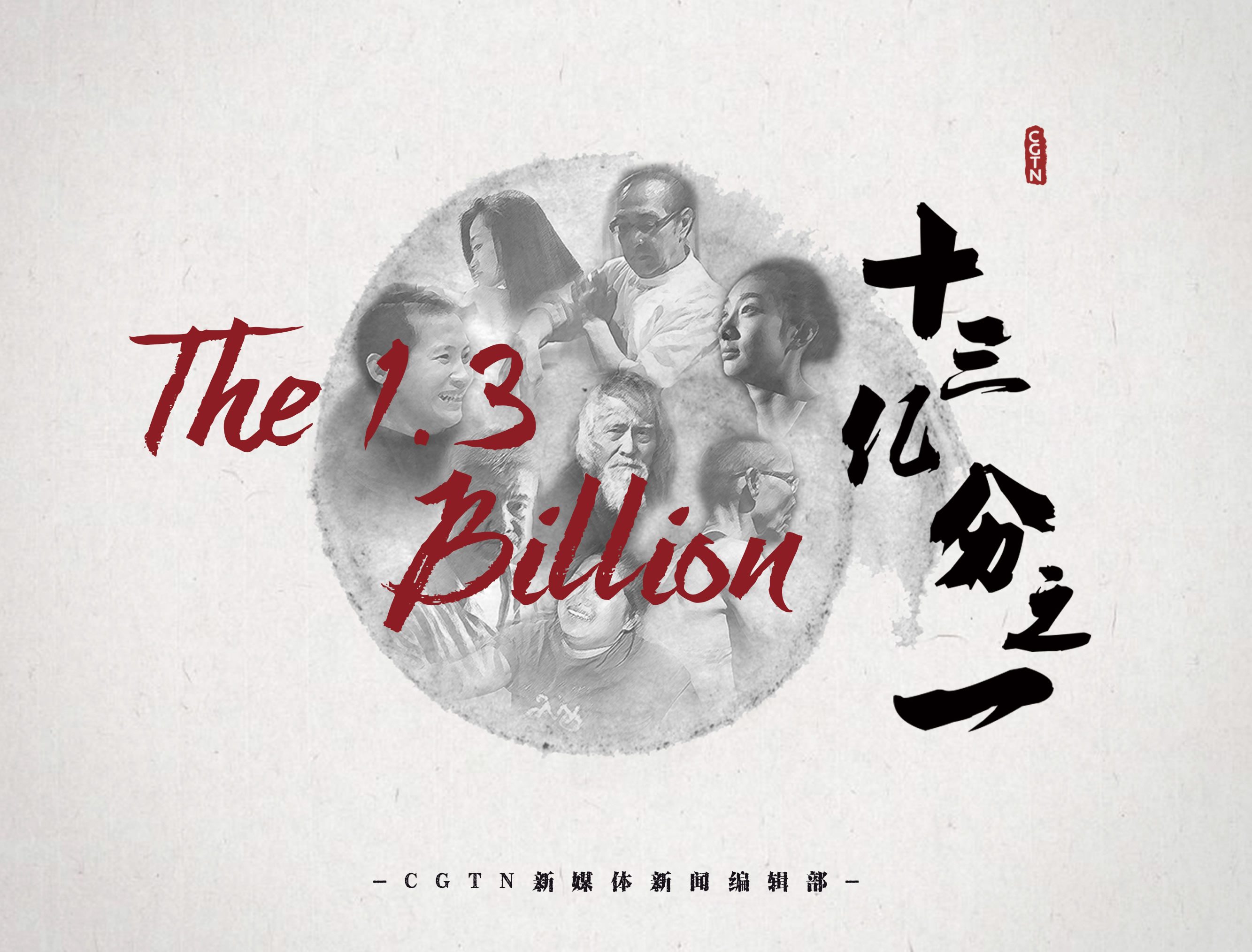
The story is one in The 1.3 Billion series exploring the diverse lives that make up China.
The story is one in The 1.3 Billion series exploring the diverse lives that make up China.

SITEMAP
Copyright © 2018 CGTN. Beijing ICP prepared NO.16065310-3
Copyright © 2018 CGTN. Beijing ICP prepared NO.16065310-3